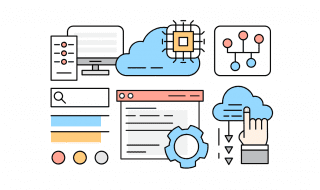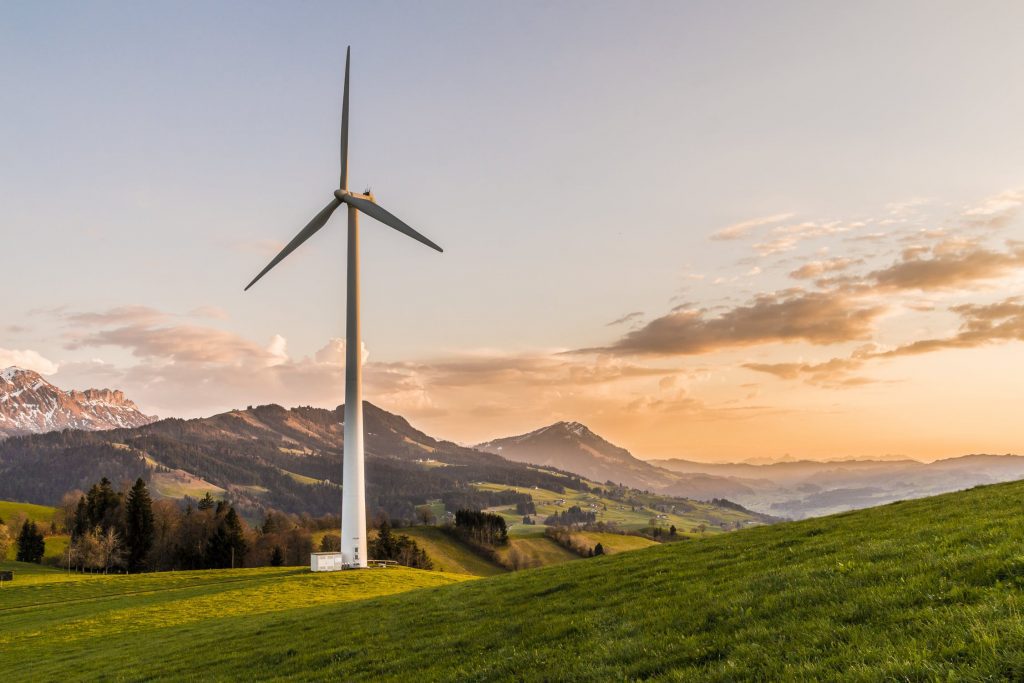
The vast majority of people are starting to come to an agreement that, for the long-term survival and safety of the human race, we need to start leaning heavier into renewable energy. Some would say that we need to be going at a much faster pace of transition than we are. However, there are those who bring up the points that renewable energy comes with its own challenges and barriers and not all of those concerns can be so easily dismissed. As such, we’re going to look at some of the challenges we may have to deal with in order to ensure that we’re able to rely on renewable energy as much as we want to.
Inability to control the power source
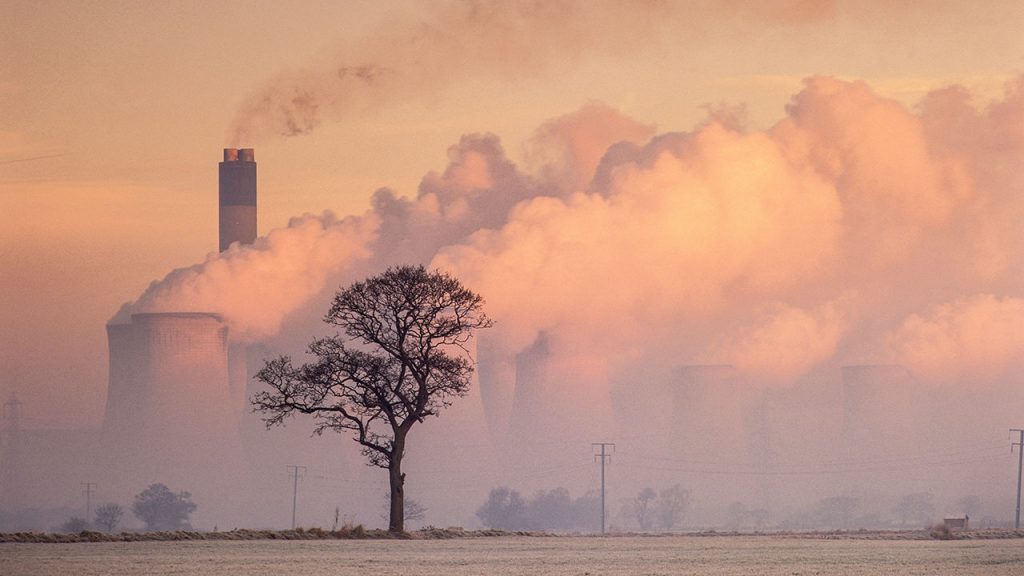
A lot of power generation in the field of renewable energy is done by natural resources that we have no control over. For instance, we can’t control the winds to make sure that we have enough to turn our turbines and keep them going, nor to prevent the wind from going too strong, which can deal damage to turbine generators. Similarly, we cannot control the sunshine or cloud cover to make sure that we’re able to keep our power supply as consistent as we need it to be. As such, an increasing challenge as we lean into renewable energies will be looking at ways to generate the energy rather than passively waiting for it to be generated.
There is also the question of the quality of the power that is generated by such natural means. After all, if you cannot guarantee that a power supply will be consistent, then it may result in inconsistencies in the quality of the power, as well. Given that consistent high power is needed to make sure that our grid is supplied, then poor quality and consistency of power could lead to greater failures, more often. Better prediction of the availability of solar and other renewable energies may be able to help us clear this challenge up.
The costs of installation
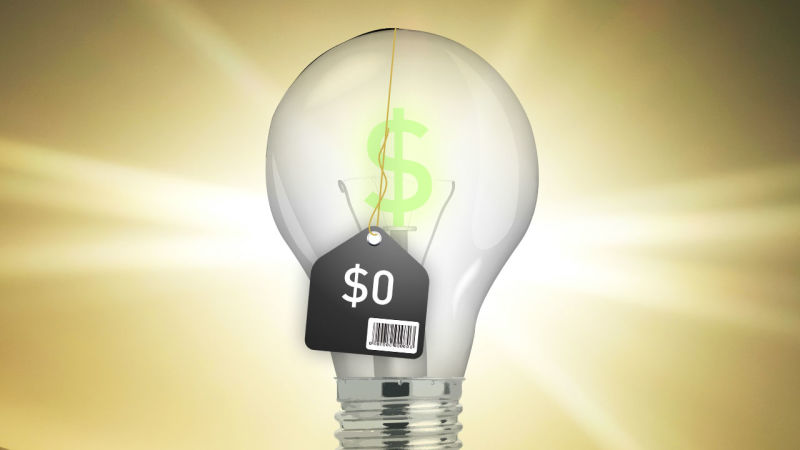
Speaking broadly, renewable energy technology is very low cost when it’s up and running. Maintenance for things like solar panels and wind farms is not as expensive as it is for fossil fuel infrastructure, especially as the industry grows and more people have the skills to help repair and maintain them. However, this does come with the trade-off that they are much more expensive to initially install. This can be alleviated on the consumer side with things like green energy grants to help pay for it, but for any major scale projects, these costs can become prohibitive. There is a good chance that these technologies will continue to drop in price as time goes on but until then, large renewable energy projects are likely to hit up against this barrier.
The cost of technology naturally devalues over time, but there are further steps that could be taken to help the costs of installation fall further. For instance, in the solar market, the increasing availability of technology has actually led to the inverse problem, where there is an issue of oversupply in many parts of the country. More competitive supply chains and the increasing economy of scale should help the costs of installation come down further and further as time goes on.
How reliable is the technology?
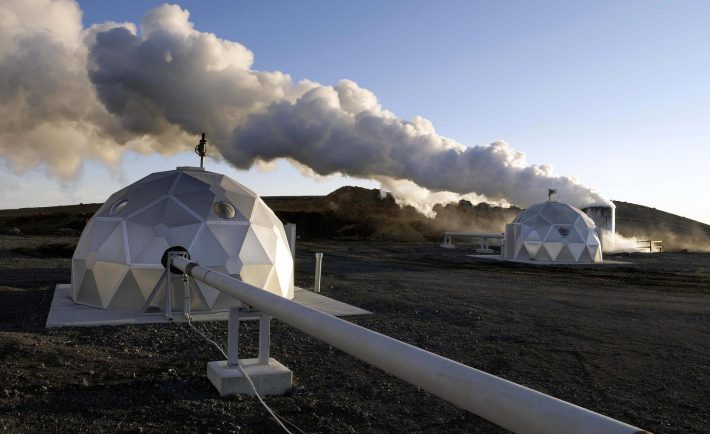
Rather than being a true challenge, the question of the reliability of the energy produced through renewable energy means is more of a misconception. While it is true that our energy sources are variable and beyond our control, the reality is that we are able to reliably predict things like solar and wind energy and make sure that we’re installing these technologies where they’re most likely to see the best yields in order to provide our baseload power. Indeed, there have already been reports that indicate we are able to confirm that we can reliably and safely operate the country’s electric grid through renewables or, at the very least, that we can generate enough energy to do so.
While this might effectively answer the question of reliability and energy quality for a lot of people, it does highlight another problem with renewable energy and that is a perception problem. A lot of people have a perception of renewable energy as being plagued by more barriers than it might really have, which could aid to slow the rate of adoption throughout the country.
Finding the methods of storing energy
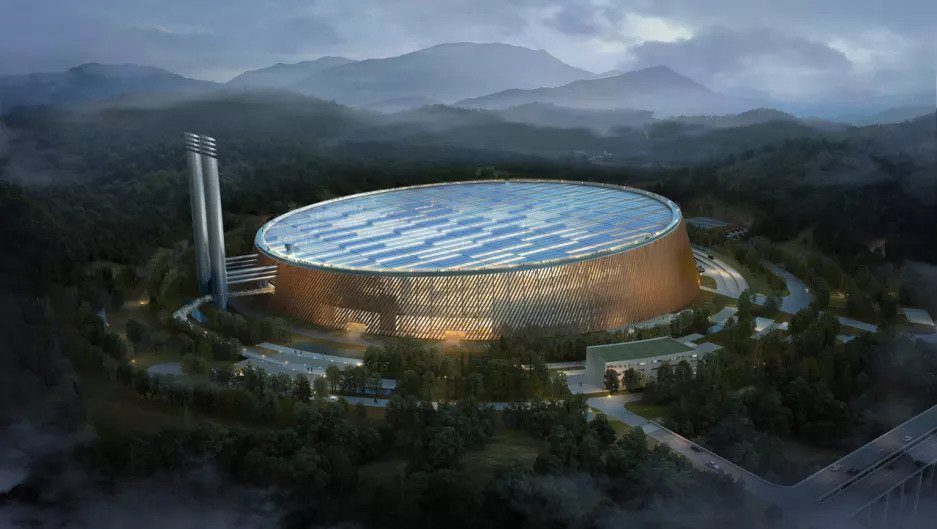
Even if we are able to somehow control the means of renewable energy production and ensure that we’re able to get consistent quality and supply, there then comes the problem that it’s not as easy to store. Oil and other fossil fuels are convenient in that they can be easily stored and transported. The advancement of battery technology has allowed us to store more of this energy but every time it is transported, there is a considerable loss. Batteries are not as easy to handle as other fuel types, either. There is also the environmental cost of battery production to consider.
Another alternative to using batteries to store energy is to find more effective ways to transmit the power generated by renewable sources. If it can be better transported through transmission lines that don’t lose as much power in the process, then it can make it much more cost-effective and reliable.
The dangers of our dams

Hydroelectric power is a major contributor to our current renewable energy usage. It counts for over 40% of all renewable energy generated at the moment and our nationwide system of dams plays a large factor in that. However, the truth is that many of these dams were built decades ago, not always to the best specifications and not always with the ongoing investment into maintenance as they have needed. Dam failure does pose a growing risk, but it’s one that can be managed with more effective dam monitoring systems. AI-driven monitoring is being developed and distributed to help dam owners and operators in finding the weaknesses in their structures that they can start to focus their repairs on.
Given that hydroelectric power is one of the most reliable power sources that we have, there are increasing calls to invest more in the infrastructure that supplies it. There are ongoing questions about environmental problems caused by dams, such as soil erosion and the effect on local species, so more effort may need to be taken to look into what we can do to mitigate these issues, as well.
Our wind isn’t where we need it

Aside from hydroelectric energy, wind energy technology has been fast-growing as one of the leading sources of renewable energy. However, there is a considerable challenge that could not have been foreseen when it comes to making use of this energy. Land-based wind sites need to meet specific criteria to ensure that they are able to get the exposure to the wind that they need. As such, they tend to be best located in places far from the cities that actually use the technology, since remote areas work best for them. However, there are developing technologies such as transmission lines that might be able to deliver wind energy much more effectively than it is, currently.
A future solution may also be to move closer to where the wind is, rather than just moving the wind energy closer to us, as well. Future city and town planning is going to have to take into account the availability of renewable energy and, as such, getting closer to these energy sources may be much more cost-effective in the long run.
Difficulty in entering the market
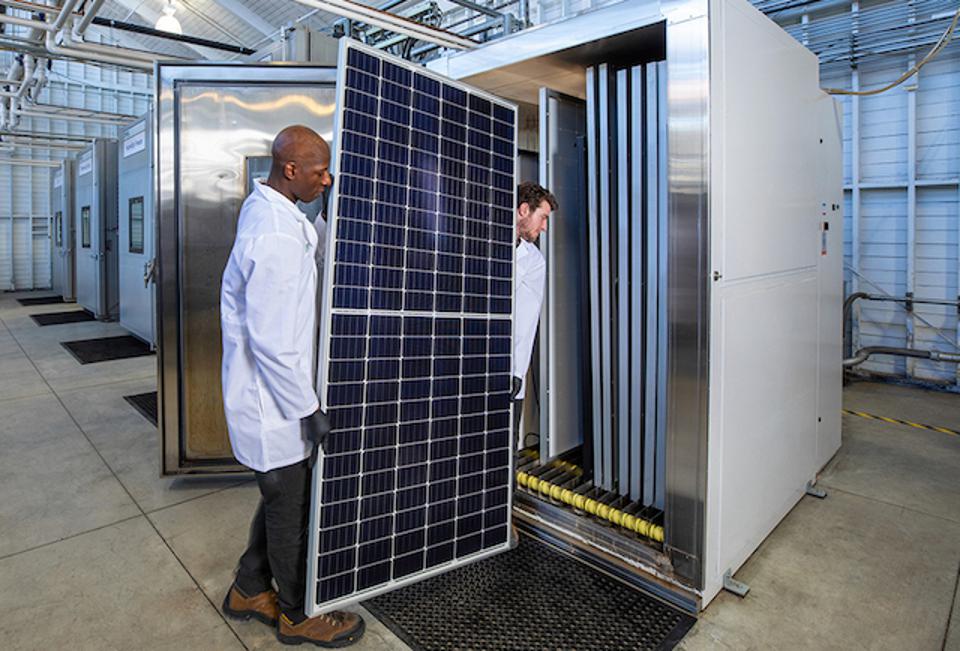
It’s important to not be ignorant of the fact that modern renewable energy technologies are not trying to come into a vacuum. There is already an energy market and it is dominated by some of the most powerful and influential organizations and lobbies in the world, including coal, nuclear, and natural gas providers. These technologies and the infrastructure that allows them to be integrated into daily life have already been spread far and wide throughout the country and, as such, they pose a barrier to renewable energy technologies trying to find a place to fit in. Politically, the power of the energy industry to slow, halt, and challenge the investment that green energies need is going to be one of the biggest barriers to be addressed.
The problem of the oil industry’s grip on politics at all levels is going to be one of the longest-lived issues if we aim to see a future powered by renewable energy.
A bright future for renewable energy?
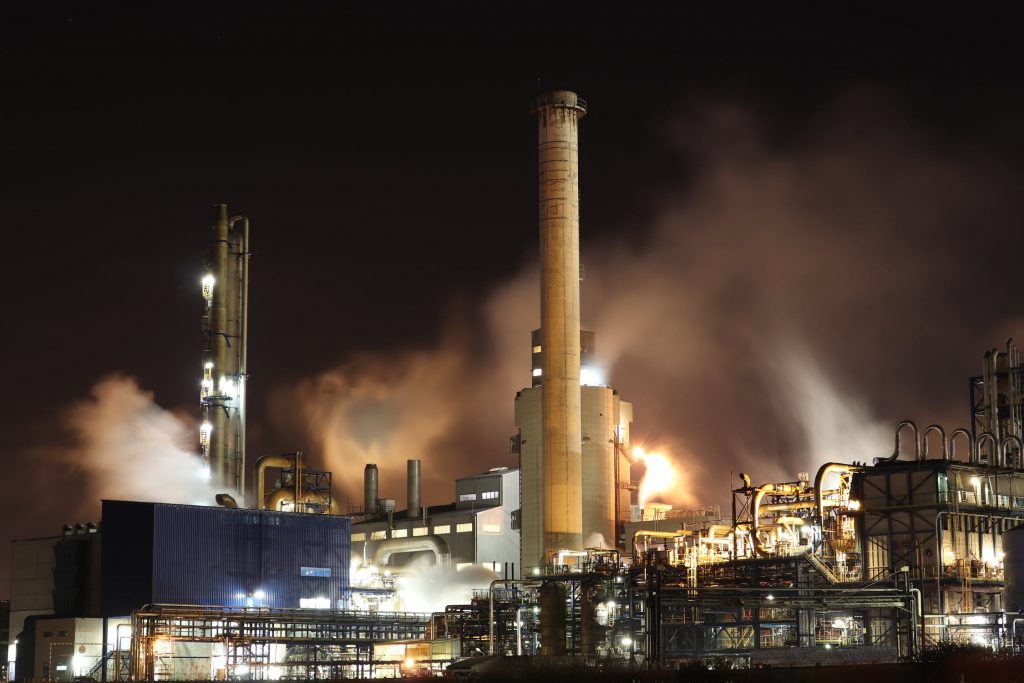
Renewable energy is increasingly the future that we need to rely less on fossil fuels. However, before that, we need to make sure that we’re addressing the challenges mentioned above. The barriers facing the rates of adoption of renewable energy are technological, economic, political, and social. It’s not going to be an easy or a quick process, but we are already making ground against several of the barriers mentioned above.


